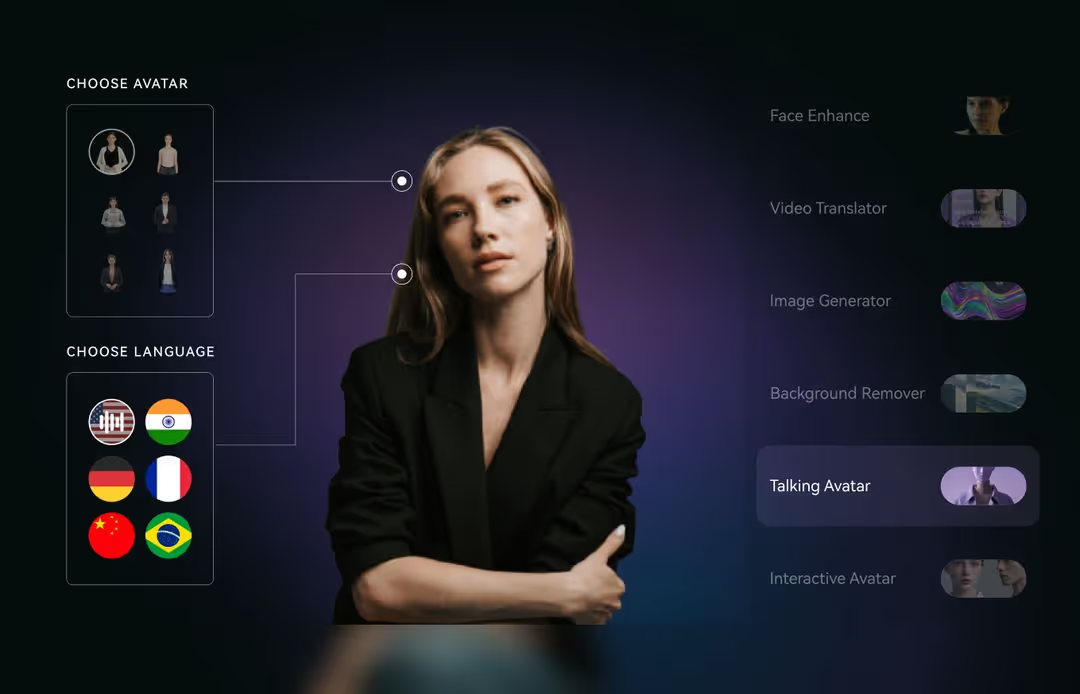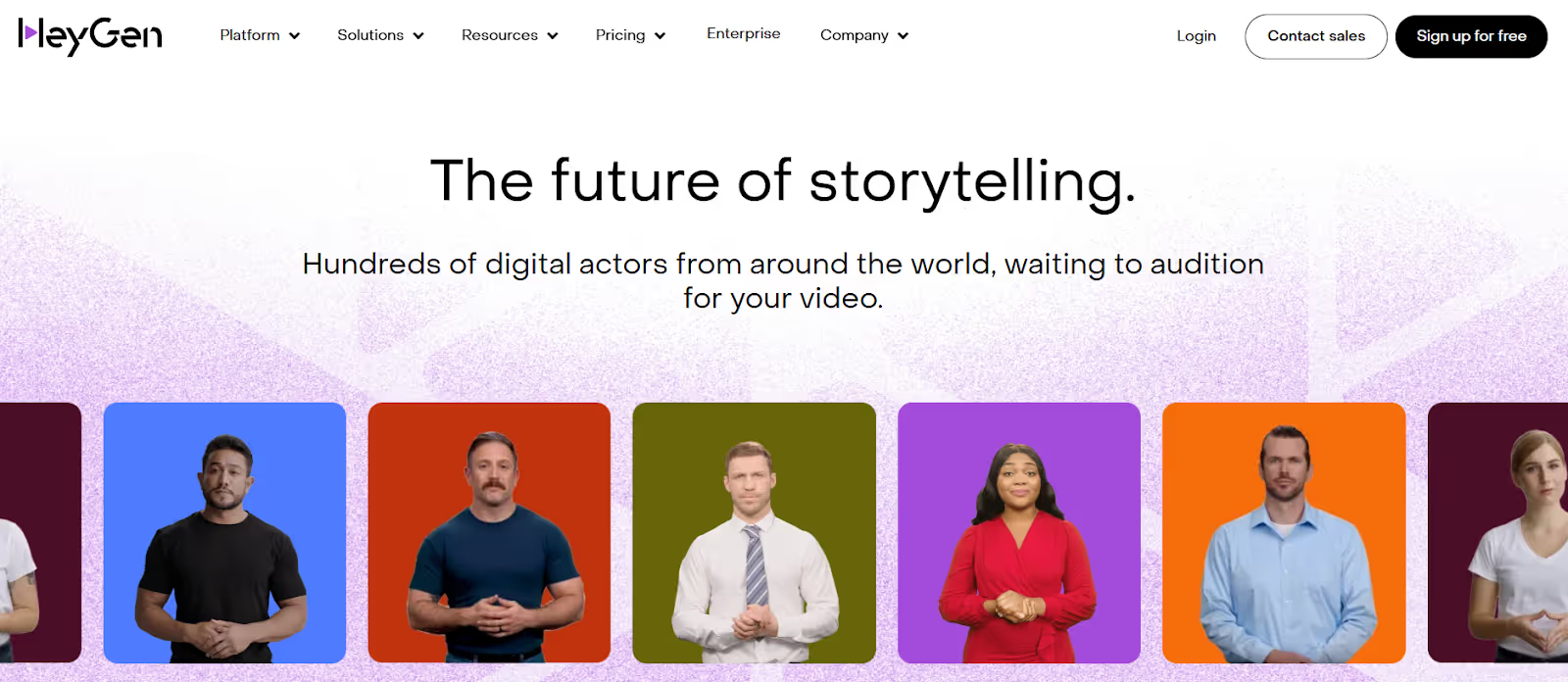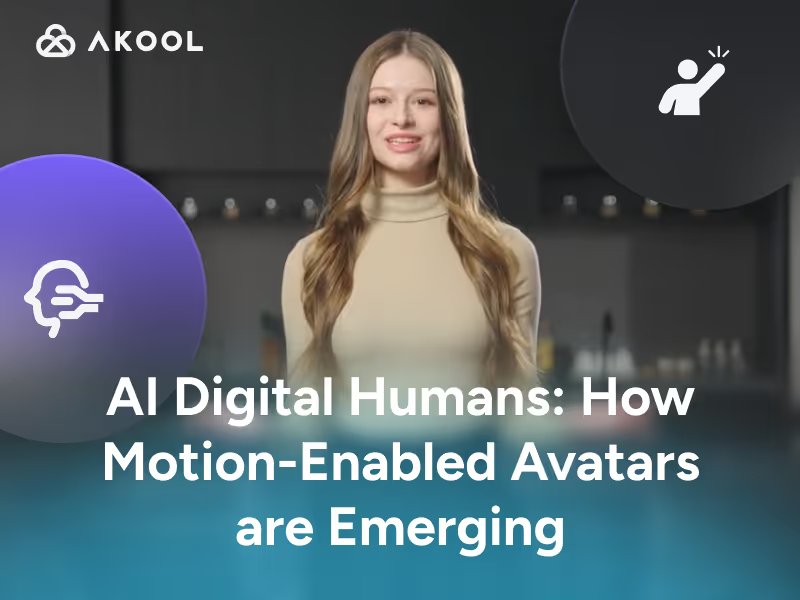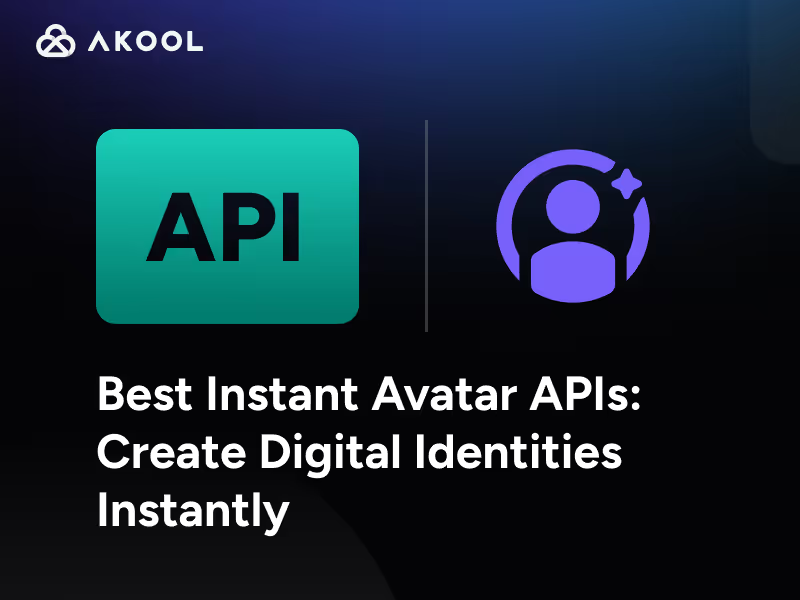AI Digital Humans have emerged as a groundbreaking technology that combines the best of AI, computer graphics, and natural language processing.
It’s now possible to create nearly lifelike figures who can perform realistic gestures, actions, and deliver real-time animated movements. Motion-based and emotion-expressive avatars are becoming increasingly popular and human-like.
What are AI Digital Humans?
AI Digital Humans are computer-generated characters that look, speak, and behave like real humans. They are designed to engage in natural, lifelike conversations and interactions, mimicking the nuances of human communication.
Unlike traditional chatbots or virtual assistants, which are often limited to text-based interactions, AI Digital Humans have a realistic visual appearance, complete with facial expressions, gestures, and lip-syncing.
These virtual beings are powered by sophisticated artificial intelligence algorithms that enable them to understand and interpret human language, recognize emotions, and provide context-aware responses.
Their fluency includes open-ended conversations, answering questions, providing information, and even offering personalized recommendations.
What Do Digital Humans Do?
Through lifelike expressions and natural conversations, digital humans build stronger relationships with viewers than traditional video or text. The goal is to closely recreate a sense of human connection, on an emotional level.
Organizations are jumping on the train by creating 'mascots' or personalities that provide a digital face for their brand.
Kind of like Amazon's Alexa.
Key Advantages of AI Digital Humans:
- Immersive and engaging user experience: By interacting with a digital character that looks and feels like a real person, users are more likely to form an emotional connection and feel a sense of trust and relatability.
- Adaptability and capacity for continuous learning: Through machine learning algorithms, AI Digital Humans can learn from each interaction, improving their understanding of user needs, preferences, and communication styles over time.
- Increasingly personalized and efficient interactions: AI Digital Humans can adjust their responses and behavior to best serve each individual user.
- Fusion of cutting-edge technologies: AI Digital Humans bring together the power of artificial intelligence, the realism of advanced computer graphics, and the naturalness of human-like communication.
Technologies Used to Create AI Digital Humans
AI Digital Humans are the result of a remarkable convergence of various cutting-edge technologies. By leveraging the power of artificial intelligence, computer graphics, and natural language processing, creators are able to bring these lifelike virtual beings to life.
Here are some of the key technologies used in the creation of AI Digital Humans:
- Machine Learning:
- Through techniques like deep learning and neural networks, these virtual beings can analyze vast amounts of data to recognize patterns, understand context, and generate appropriate responses.
- As they engage in more conversations and receive feedback, AI Digital Humans continuously refine their knowledge and adapt their behavior to better serve users' needs.
- Natural Language Processing (NLP):
- Advanced NLP techniques, such as sentiment analysis and named entity recognition, enable these virtual beings to comprehend the nuances of human communication, including tone, intent, and emotions.
- By processing and analyzing text and speech input, AI Digital Humans can engage in natural, contextually relevant conversations, providing intelligent and coherent responses.
- Generative AI:
- Generative AI technologies, such as generative adversarial networks (GANs) and variational autoencoders (VAEs), play a significant role in creating the realistic appearance and behavior of AI Digital Humans.
- Generative AI also contributes to the creation of natural-sounding speech, ensuring that AI Digital Humans can communicate with users in a way that feels authentic and human-like.

- Motion Capture:
- By recording the intricate details of facial expressions, body language, and gestures, motion capture enables the creation of highly realistic and expressive digital characters.
- This technology helps to bridge the gap between the virtual and physical worlds, allowing AI Digital Humans to exhibit lifelike movements and emotions that resonate with users.
- Computer Graphics and Animation:
- High-quality 3D modeling, texturing, and rendering technologies are used to craft the intricate details of the digital character's face, hair, clothing, and environment.
- Sophisticated animation systems enable smooth and natural movements, ensuring that AI Digital Humans can express themselves in a way that feels authentic and believable.
- Voice Synthesis:
- By analyzing and modeling the characteristics of human speech, such as intonation, pitch, and cadence, voice synthesis engines can generate realistic and expressive voice output.

- This technology enables AI Digital Humans to convey emotions, emphasis, and personality through their vocal delivery, enhancing the overall immersiveness of the interaction.
The creation of AI Digital Humans is a multidisciplinary endeavor, requiring expertise in artificial intelligence, computer science, linguistics, psychology, and the creative arts. As these technologies continue to advance and integrate, we can expect to see even more sophisticated and lifelike AI Digital Humans emerge, blurring the lines between the virtual and real worlds.
How Are Digital Humans Used?
AI Digital Humans have the potential to revolutionize a wide range of industries by providing personalized, engaging, and efficient interactions.
As these virtual beings become more sophisticated and widely adopted, they are finding applications in various domains, offering innovative solutions to long-standing challenges. Let's explore some of the most prominent use cases for AI Digital Humans:
Customer Service and Support:
- AI Digital Humans can serve as virtual customer service representatives, providing 24/7 assistance to users.
- They can handle a wide range of inquiries, from answering basic questions to troubleshooting technical issues and providing personalized recommendations.
- By offering instant, accurate, and friendly support, AI Digital Humans can significantly improve customer satisfaction and reduce response times.
Instructional Videos and Training:
- AI Digital Humans can be used to create interactive and engaging instructional videos and training materials.
- They can serve as virtual tutors or trainers, guiding users through complex topics, demonstrating procedures, and providing real-time feedback.
- By adapting to individual learning styles and offering personalized guidance, AI Digital Humans can enhance the effectiveness of educational content and improve knowledge retention.
Concierge Services:
- AI Digital Humans can act as virtual concierges, assisting users with a variety of tasks and information needs.
- They can provide personalized recommendations for restaurants, hotels, attractions, and travel itineraries based on user preferences and contextual information.
- By offering tailored suggestions and handling bookings and reservations, AI Digital Humans can streamline the user experience and provide valuable assistance to travelers and consumers.
Chatbots and Virtual Assistants:
- AI Digital Humans can be integrated into chatbots and virtual assistants to provide a more engaging and human-like interaction.
- They can handle a wide range of tasks, from answering frequently asked questions to providing product information and processing transactions.
- By combining the efficiency of chatbots with the emotional intelligence and visual appeal of AI Digital Humans, businesses can create more compelling and satisfying user experiences.
Virtual Presenters and Influencers:

- AI Digital Humans can serve as virtual presenters, hosts, or influencers, delivering content in a dynamic and engaging way.
- They can be used to present news, weather forecasts, product demonstrations, or even serve as brand ambassadors.
- By leveraging the power of AI and computer graphics, businesses can create compelling and consistent messaging, while reducing the need for human presenters and minimizing costs.
Healthcare and Telemedicine:
- AI Digital Humans can play a significant role in healthcare and telemedicine, providing patients with accessible and personalized medical information and support.
- They can assist with symptom checking, offering guidance on self-care, and connecting patients with healthcare professionals when needed.
- By serving as virtual health assistants, AI Digital Humans can help to triage patients, reduce the burden on medical staff, and improve patient outcomes.
Therapy and Mental Health Support:
- AI Digital Humans can be used to provide therapy and mental health support, offering a safe and non-judgmental space for individuals to express themselves.
- They can engage in empathetic conversations, provide coping strategies, and guide users through therapeutic exercises.
- While not intended to replace human therapists, AI Digital Humans can serve as a complementary tool, making mental health support more accessible and convenient.

Gaming and Entertainment:
- AI Digital Humans can be integrated into video games and entertainment applications, serving as interactive characters or companions.
- They can engage players in natural conversations, offer guidance and support, and even adapt their behavior based on the player's actions and choices.
- By creating more immersive and emotionally engaging gaming experiences, AI Digital Humans can take interactive entertainment to new heights.
As the capabilities of AI Digital Humans continue to expand, we can expect to see even more innovative use cases emerge across various sectors.
From education and healthcare to retail and entertainment, these virtual beings have the potential to transform the way we interact with technology and each other.
What are the Dangers of Digital Humans?
Any tech that closely mirrors human interactions will come with some risks.
Identity Theft
People enter all sorts of details into their devices daily. It's no shocker that bad actors are snatching it up for nefarious purposes.
Lack of Human Connection
When our digital presence separates from our physical one, there's a risk of losing the sense of human connectivity that society needs.
Catfishing
Scammers can pose as real people, creating artificial trust with their victims.
Benefits of AI Digital Humans
Here are some of the pros of leveraging the technology behind AI digital humans.
- Enhanced Customer Experience: AI Digital Humans provide personalized, empathetic, and efficient customer service, improving satisfaction and loyalty.
- Cost-Effective Scalability: They enable businesses to scale operations cost-effectively without compromising on the quality of customer interactions.
- Improved Engagement and Interactivity: The lifelike appearance and natural communication style of AI Digital Humans create a more engaging and interactive user experience.
- Personalization at Scale: They can provide personalized interactions tailored to each user's needs, preferences, and context.
- Multilingual Accessibility: AI Digital Humans can communicate in multiple languages, making information and services accessible to a global audience.
- Consistency and Accuracy: They ensure consistent and accurate information delivery, reducing the risk of human error or inconsistency.
- Emotional Intelligence and Empathy: AI Digital Humans can recognize and respond to human emotions, providing empathetic and supportive interactions.
- Continuous Learning and Improvement: They can learn and improve over time, thanks to their machine learning capabilities.
- Innovation and Competitive Advantage: Adopting AI Digital Humans allows businesses to stay at the forefront of technological innovation and differentiate themselves from competitors.
Examples of AI Digital Humans
AKOOL's Streaming Avatar
AI avatars have evolved significantly in recent years, with platforms like AKOOL pushing the boundaries of what's possible in digital video creation. These avatars interpret the emotional context of scripts to generate natural facial expressions and gestures that feel authentic and engaging.
When creating videos with AKOOL's avatar technology, users simply input their script and select from a diverse range of presenters. The AI then analyzes the text to match appropriate expressions with the content - from subtle smile variations during upbeat moments to more measured expressions for serious topics.
MetaHuman Creator
Digital human creation has evolved dramatically with tools like MetaHuman Creator from Epic Games entering the market. While these high-end solutions excel in gaming and entertainment applications, different platforms serve various needs in the digital avatar space.
DataGen
DataGen specializes in generating hyper-realistic synthetic data for AI training and research purposes, a different approach is needed for business communication videos. Their technology creates uncannily realistic human images that serve specific technical applications, but for everyday business videos, audiences often prefer avatars that balance professionalism with approachable digital characteristics.
Future of AI Digital Humans & Motion-Based Avatars
The future of AI Digital Humans is incredibly promising, with advancements in emotional intelligence, natural language processing, and immersive technologies. As these virtual beings become more sophisticated and lifelike, they will transform various industries, from education and healthcare to entertainment and customer service.
But with new technology comes great responsibility. There will undoubtedly be some shaky use cases here and there, but it won't stop things from rolling forward.
Get your digital human journey started by trying a FREE Talking Avatar.








